10 States Where People Still Find Real Gold—Sometimes Without Even Trying
Contrary to what most people assume, the gold rush didn’t end in the 1800s. Across the U.S., people still pull real gold from rivers, streams, and old mining sites simply with a shovel and a gold pan. While massive fortunes are rare, hobbyists regularly find flakes, dust, and even nuggets in certain states.
So if that sounds like something you’d want to experience, make sure to check out these top states to try your luck with finding real gold.
California
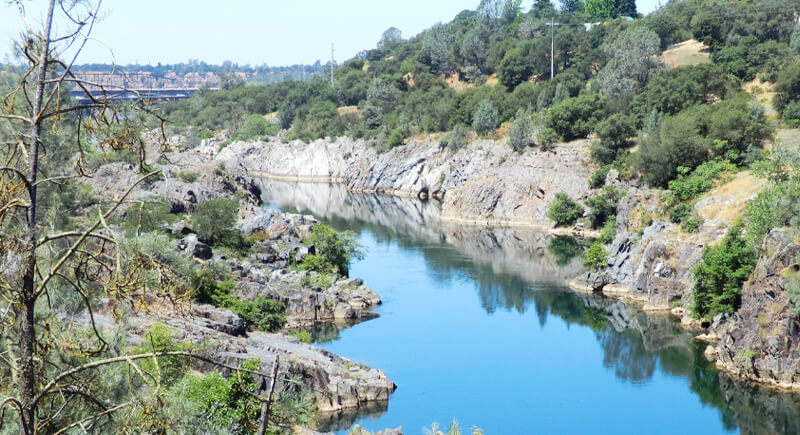
Credit: Wikimedia Commons
You don’t need to dig deep in California to find gold. Try panning along the American River, especially near Coloma, where gold first changed U.S. history. The Auburn State Recreation Area offers public access. Some panners report spotting flakes in just an afternoon with basic gear.
Alaska

Credit: Wikimedia Commons
Gold prospecting isn’t old-fashioned in Alaska. Prospectors still collect real gold near Fairbanks and Nome. Even guided day tours can lead you to flakes and tiny nuggets. Some public spots along the Yukon River require no permit, just time and patience with a decent gold pan.
Nevada

Credit: flickr
Nevada produces more gold than any other U.S. state. Hobby prospectors head to public land around Elko or Winnemucca. The Carlin Trend area is rich in gold deposits. The BLM offers detailed maps to help you search legally and safely.
Colorado
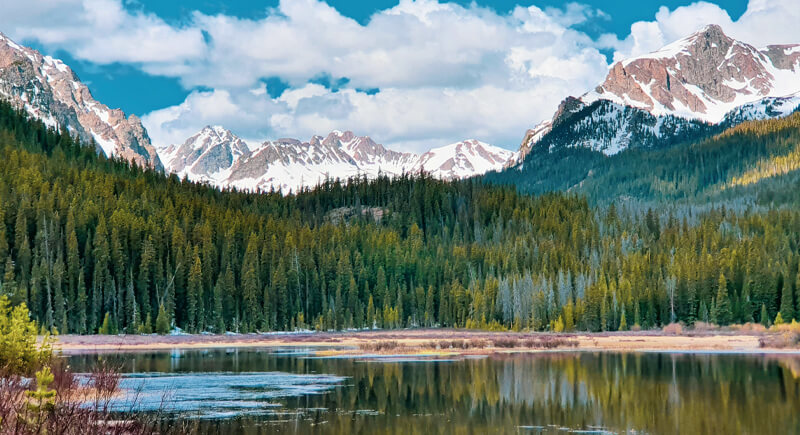
Credit: pexels
You’ll find more than ski towns and mountain views in Colorado. Gold still shows up in Clear Creek and the South Platte River. Public panning zones near Golden let you try it yourself. Events like Gold Rush Days in Buena Vista make it part hobby and part history lesson.
Arizona
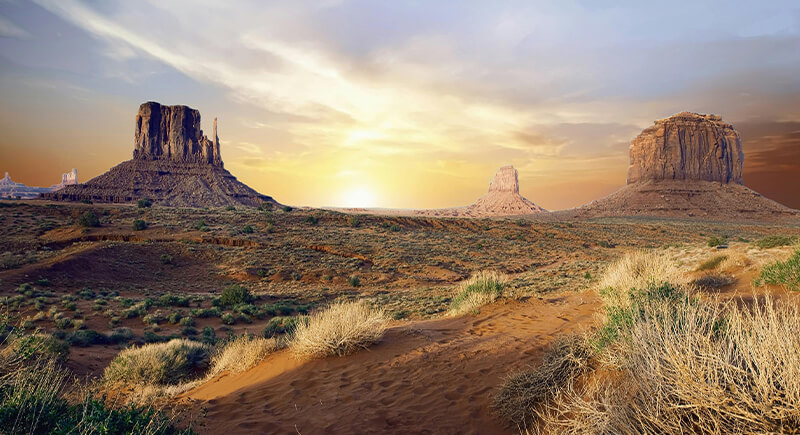
Credit: pexels
Arizona’s gold is scattered across dry creek beds and old tailings. Areas around Quartzsite and Yuma attract detectorists and panners year-round. Castle Dome and the Bradshaw Mountains have active rockhounding communities. Some finds include multi-ounce nuggets hidden in plain sight.
Georgia

Credit: Wikimedia Commons
Long before California, Georgia kicked off America’s gold rush in the 1820s. Dahlonega keeps the spirit alive with mines open for tours and hands-on panning. Visitors often find real flakes after a short demo. The surrounding rivers also offer open-access gold panning with basic equipment.
North Carolina
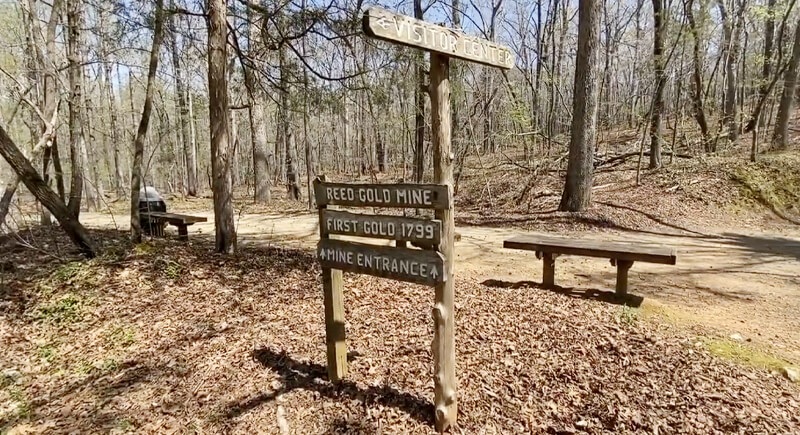
Credit: Youtube
North Carolina’s gold story began when a 12-year-old stumbled upon a 17-pound nugget. The Reed Gold Mine, where it happened, now hosts interactive tours and gold panning. Streams in the Piedmont region remain active with hobbyists.
South Carolina
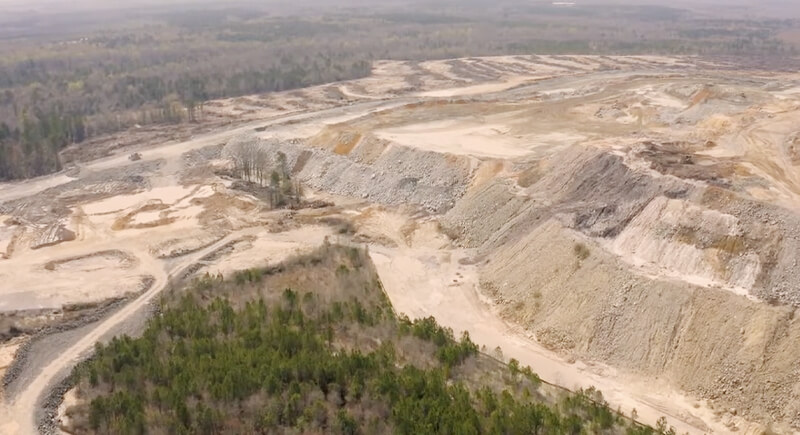
Credit: Youtube
South Carolina doesn’t look like a gold country, and that’s why it could come as a surprise to many. The Haile Gold Mine still operates, and surrounding creeks have been known to carry fine placer gold. Recreational panners frequent the area near Kershaw. Some even explore abandoned shafts still accessible by trail.
Oregon
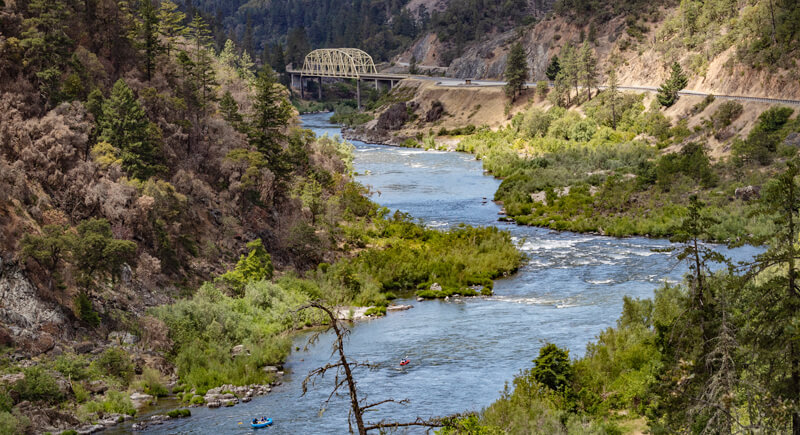
Credit: Wikimedia Commons
Oregon gold rush towns like Jacksonville may feel historic, but nearby rivers still offer real gold. Try the Rogue River or Applegate for panning. The southwestern region allows public access in several counties. Small nuggets and flakes remain common in river gravel and older streambeds.
Idaho
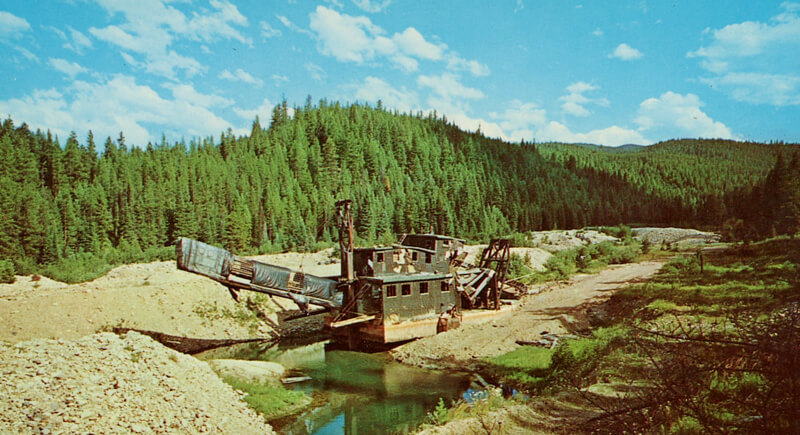
Credit: flickr
You don’t need a permit to pan in most Idaho rivers, and many still contain gold. Areas near Riggins, Elk City, and Boise attract weekend panners. The Salmon River is a consistent producer of placer gold. The state’s rich mining history still draws serious hobbyists today.
Montana
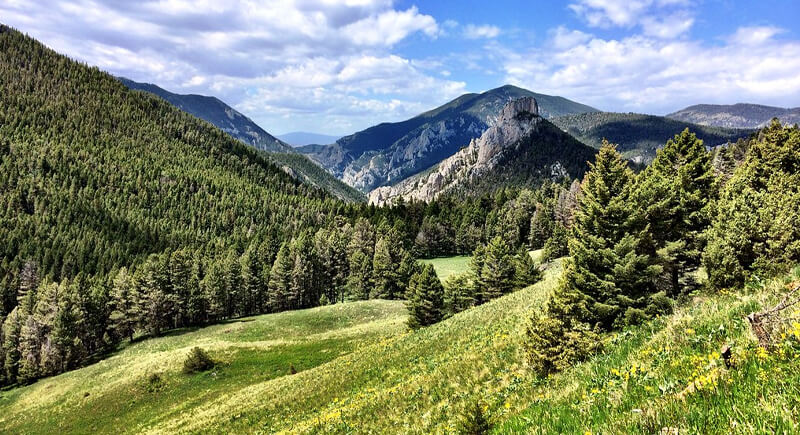
Credit: flickr
Montana preserves its mining towns and keeps the gold flowing. Public access areas near Helena National Forest allow gold panning without permits. Gold Camp Road offers several pull-offs where prospectors try their luck. State parks also host events where beginners can learn from experienced locals.
Wyoming
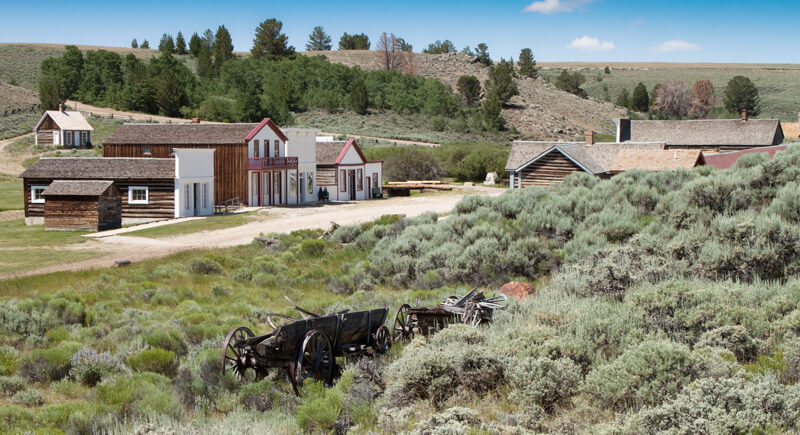
Credit: Wikimedia Commons
Wyoming flies under the radar when it comes to gold, but locals know better. South Pass, once a booming gold camp, still sees occasional action. The streams near Atlantic City sometimes yield placer gold. Maps from the state geological survey help modern panners target productive spots.
Tennessee

Credit: Wikimedia Commons
In Tennessee’s Cherokee National Forest, gold mixes with Appalachian beauty. Coker Creek remains a reliable site for finding fine gold. Panning is legal in designated streams, and many enthusiasts also find garnets or quartz. It’s a peaceful, family-friendly way to hunt for hidden treasures.
Virginia
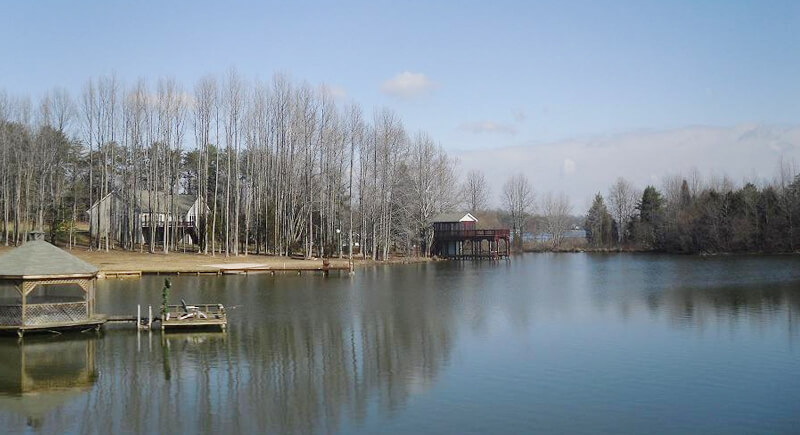
Credit: Wikimedia Commons
Gold and history go hand-in-hand in Virginia. The Gold-Pyrite Belt runs through the center of the state, where dozens of 1800s mines once operated. Streams near Lake Anna allow panning with hand tools. Some visitors even recover gold dust using simple, store-bought kits.
Washington
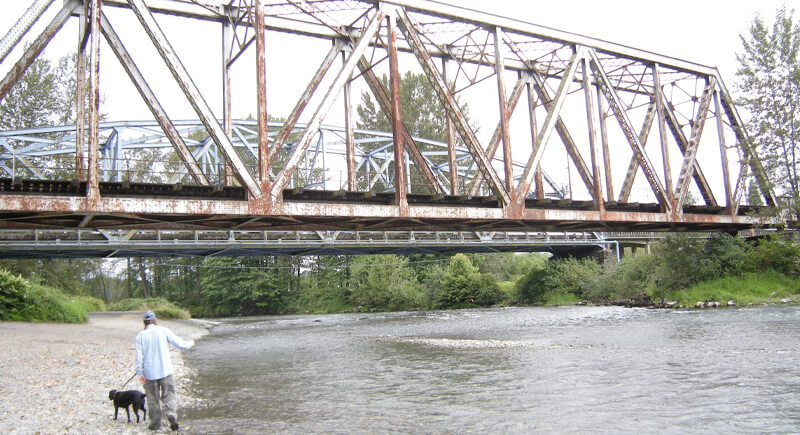
Credit: Wikimedia Commons
In Washington, the gold rush lives quietly in the shadows of its evergreens. The Skagit and Sultan Rivers still carry placer gold. Hobbyists set up small sluices or use pans near established rockhounding areas. The state’s Department of Natural Resources offers online guides to legal panning zones.
New Mexico
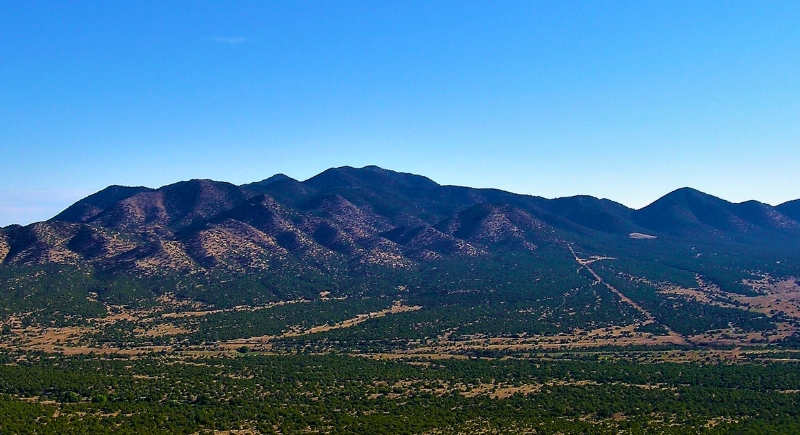
Credit: Wikimedia Commons
New Mexico holds more gold than folks realize. The Ortiz Mountains area still attracts prospectors chasing flakes and small nuggets. Hillsboro is another hotspot with a long mining history. Metal detecting and dry panning are popular here, especially on public land. It’s not exactly a gold rush, but now and then, someone strikes a sweet little pocket of color.
Vermont
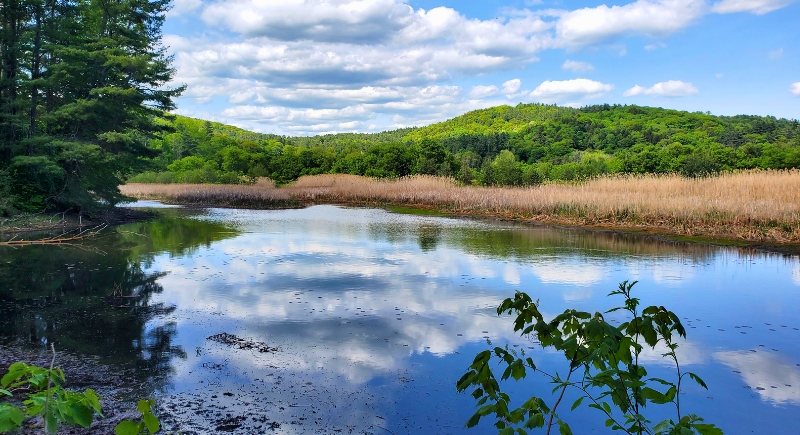
Credit: Reddit
If you’re wandering near the Ottauquechee River or dipping a pan into the White River, you might just come up with some real gold. Vermont’s gold scene isn’t flashy, but it’s steady. Most people find fine flakes, especially after a good rain. The state has a low-key community of hobby panners who swear by their secret spots for peaceful prospecting.